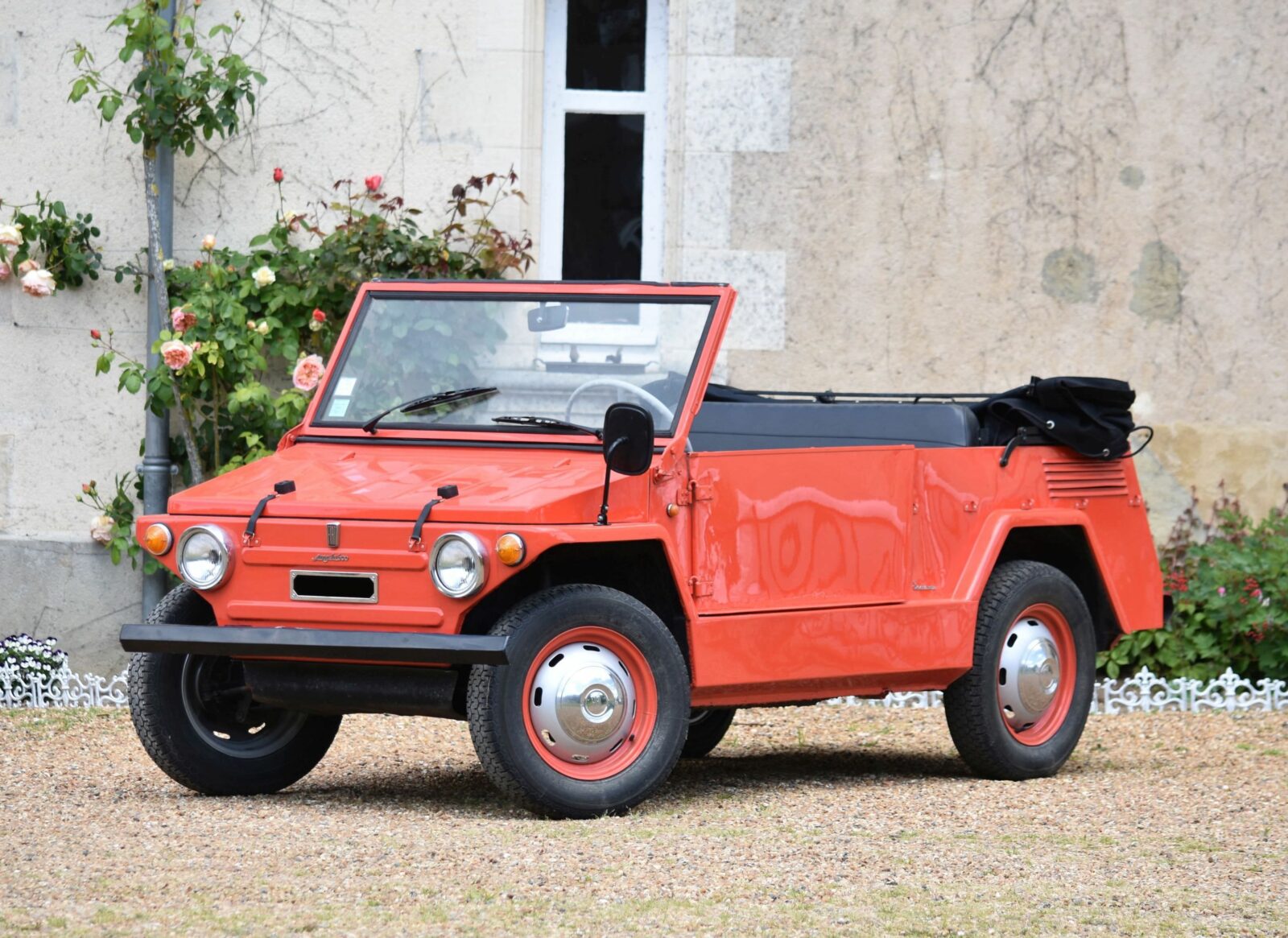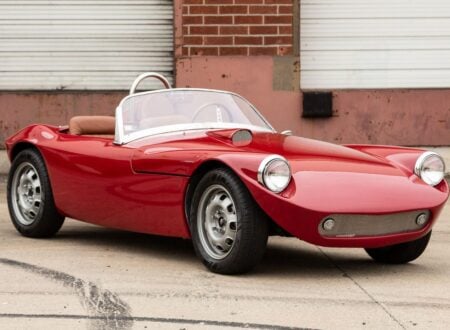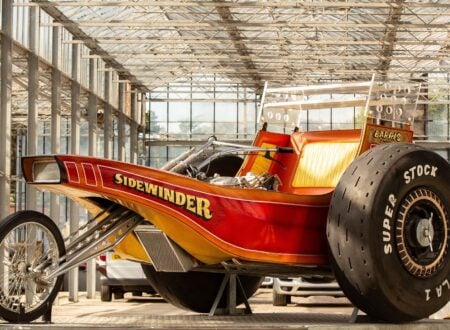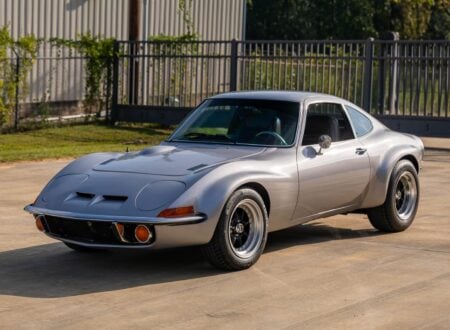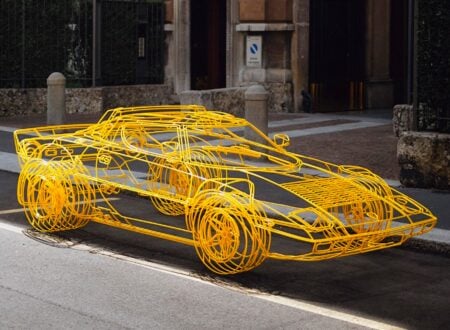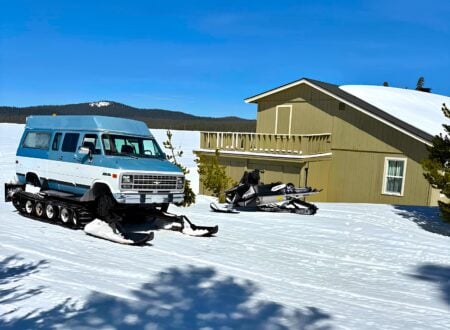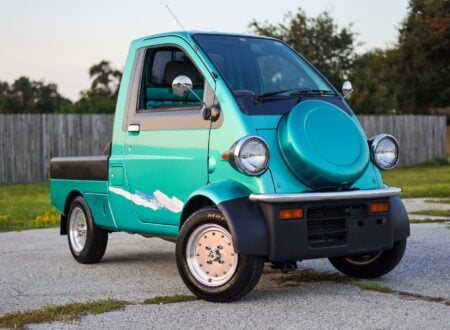This is an original 1966 Fiat 600 Jungla, an unusual little Italian car that was developed for military use – with the unusual design criteria of being deployable out of aircraft by parachute when required.
The Jungla, Italian for “Jungle,” was designed at the request of Fiat supremo Gianni Agnelli who wanted a vehicle to compete with the popular Mini Moke, and perhaps to win the company some military contracts. Just 3,200 or so were made between 1965 and 1974.
Fast Facts – The Fiat 600 Jungla
- The Fiat Jungla was developed as an Italian answer to the Mini Moke. The small British car had been surprisingly influential, resulting in the development of a number of European competitors including the Citroën Méhari, Renault Rodeo, Moretti Minimaxi 126, Renault JP4, and of course the Jungla.
- The Jungla had been envisaged by Fiat boss Gianni Agnelli as a potential military vehicle, the same hope that the developers of the Moke had harbored, though neither vehicle would be adopted by any military in significant numbers.
- One of the unusual design parameters of the Fiat Jungla was that it be parachute deployable from military cargo aircraft.
- Though it was never adopted for widespread military use the Jungla did become a popular beach car along the coasts of Italy, France, Spain, and Monte Carlo. Approximately 3,200 were sold between 1965 and 1974.
The Fiat Jungla
The Fiat 600 Savio Jungla, while sharing a similar concept to the Mini Moke, had its own unique characteristics. Unlike its counterpart, the Savio Jungla featured a rear-mounted engine powering the rear wheels, as opposed to the front-mounted engine driving the front wheels as with its British forebear.
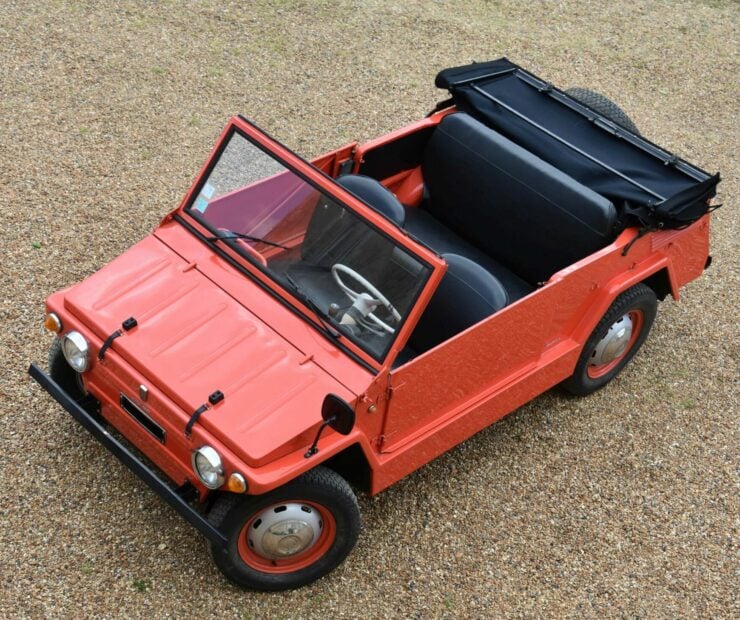

Emphasizing simplicity as a design criterion, the Fiat Jungla boasted a utilitarian, squared-off metal body, providing space for four adults and up to 40 kilograms of luggage, cargo, or beach equipment. Leveraging the mass production of the Fiat 600, a popular and affordable car in Italy at the time, the Jungla was based on the same platform to ensure cost-effective, efficient production and broad parts availability.
Powering the vehicle was a 767cc inline-four cylinder, overhead valve engine borrowed from the Fiat 600, with power transmitted through a 4-speed manual gearbox to the rear wheels. Despite its modest output of 32 bhp, the low curb weight of 578 kilograms allowed for a respectable top speed of 95 km/h, depending on the load. Though of course, it woulds take a driver with significant courage to actually achieve that speed on Italy’s twisting coastal roads.
While initially intended for military use, the Jungla only saw very limited adoption by the Italian armed forces. That said, it found favor with the Italian Forestry Service and the Carabinieri who ordered some for specialist roles.
The King Of The Italian “Beach Cars”
Interestingly, the Savio Jungla became particularly popular among affluent vacationers in France, Italy, and Monte Carlo. With their open-top configuration, these four-seaters offered a simple means of transportation for short trips from their hillside manor houses to the waterfront, often accompanied by a refreshing Aperol spritz.
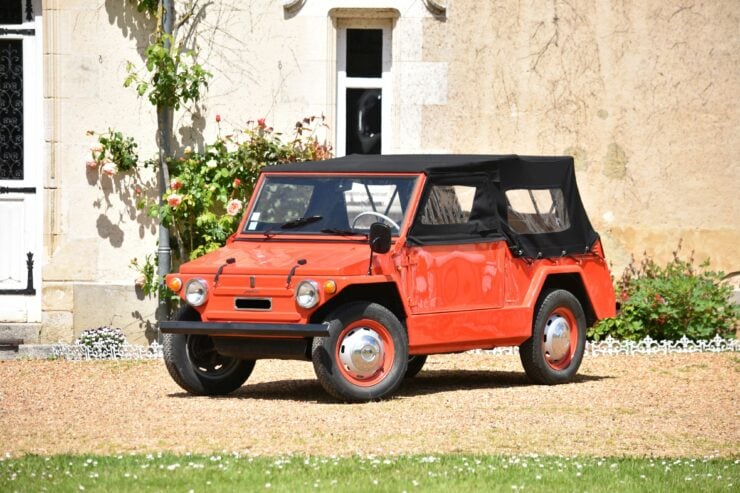

Notably, the Kelly 600 variant of the Fiat Jungla gained significant recognition. This special edition featured a tasseled folding fabric roof, woven rattan seats, and other rattan accents. Produced by a Fiat dealership based in Monaco, original examples of the Kelly 600 have become highly sought-after and valuable collector’s items.
To shield occupants from the sun, many of these cars were fitted with simple canvas tops as mentioned above, while rattan seats were often preferred for their ability to accommodate individuals who were still damp from swimming in the sea.
Similar to the Savio Jungla, the Mini Moke and the French sibling, the Citroën Méhari, were also commonly seen at waterfront establishments during that era. The Méhari bore a striking resemblance to the Jungla, leading many to speculate that it drew direct inspiration from the Italian vehicle, appearing on the market just three years later.
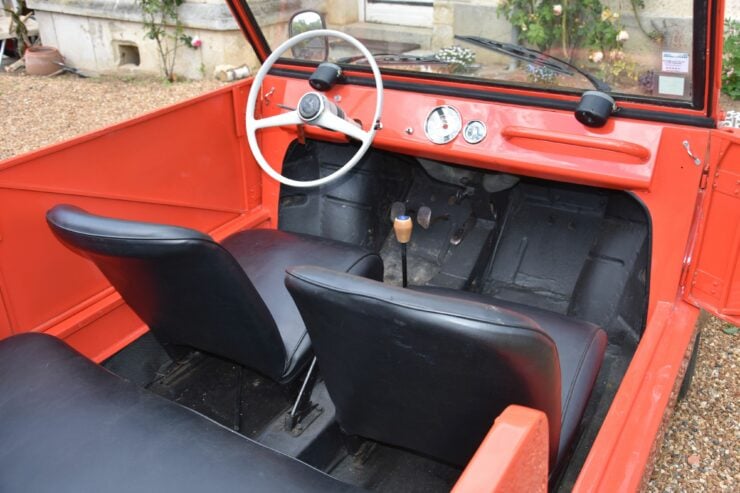

Production of the Fiat Jungla spanned from 1965 to 1974, resulting in a modest production run of 3,200 or so units. While not a commercial triumph at the time, it has garnered a cult following in recent years, with many examples being exported to various European countries and even North America.
The 1966 Fiat Jungla Shown Here
The car you see here is a 1966 Fiat Jungla that spent the first part of its life in Italy. It was bought by the current owner in 2019 who brought it to Corsica, and it’s been repainted in its original shade of Red.
The mechanical systems have no been overhauled and the listing reports that the car is now running well, it has matching red steel wheels, chrome hub caps, and a black folding roof with black upholstery inside.
The proven Fiat 600 mechanicals mean that sourcing spare parts shouldn’t be a significant issue, and any mechanic in Italy over a certain age would be able to work on it with their eyes closed – such is their familiarity with the Fiat power unit.
It’s now due to cross the auction block with Artcurial on the 30th of June with a price guide of $21,600 – $32,300 USD. If you’d like to read more about it or register to bid you can visit the listing here.
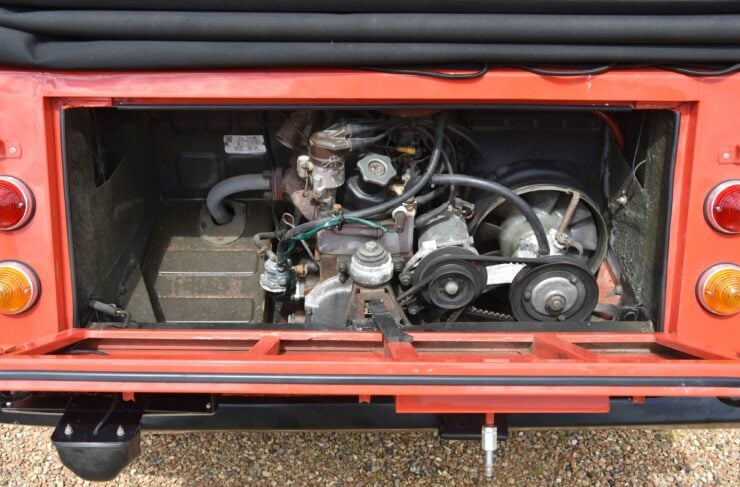

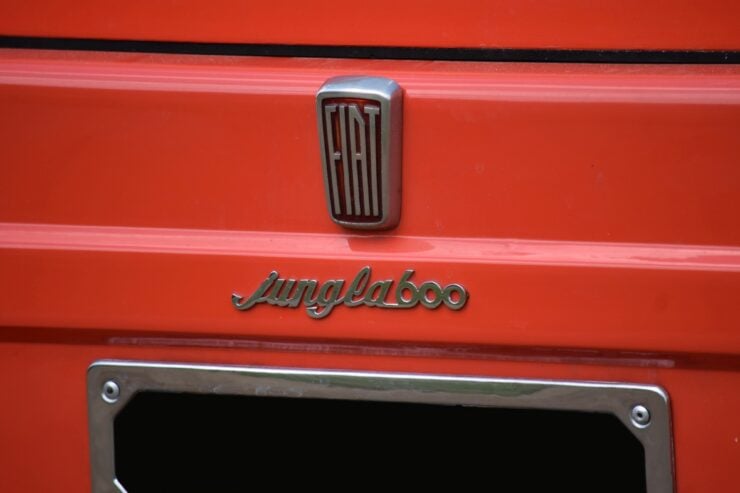
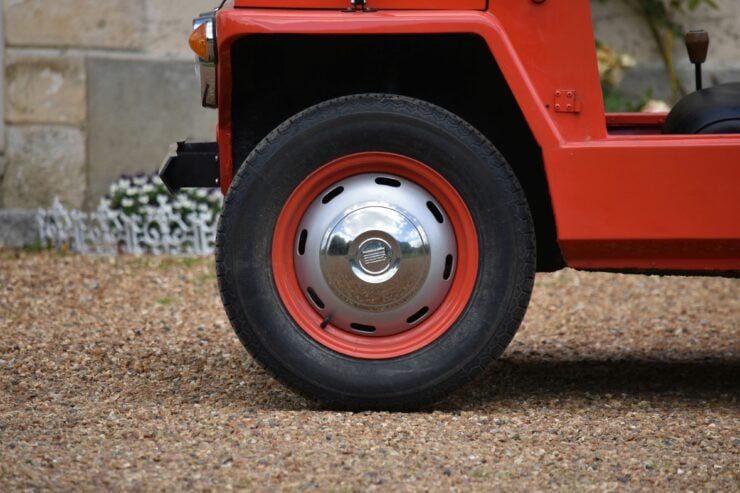
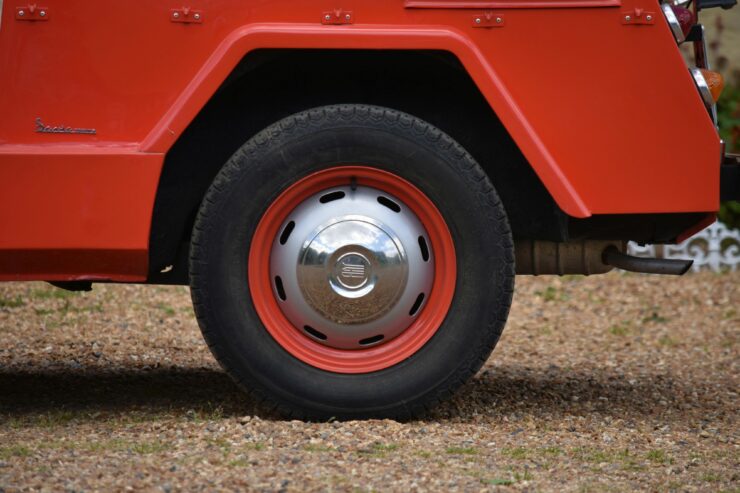
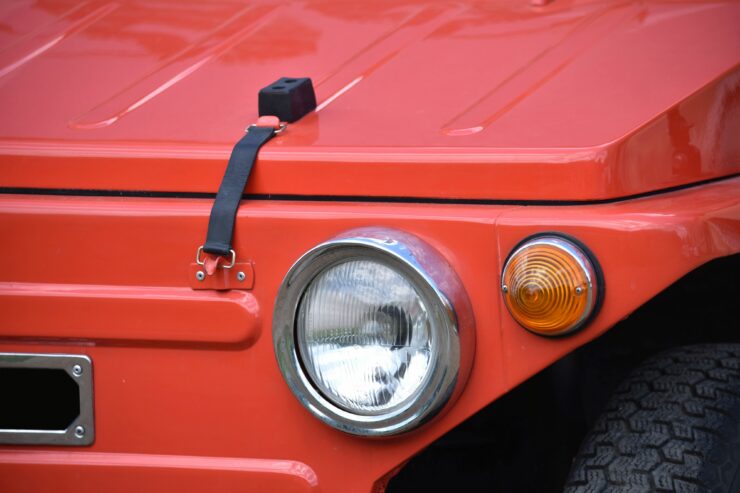
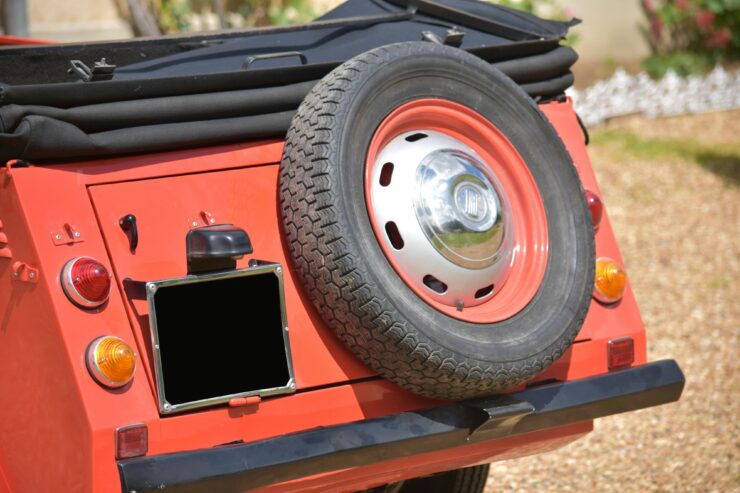
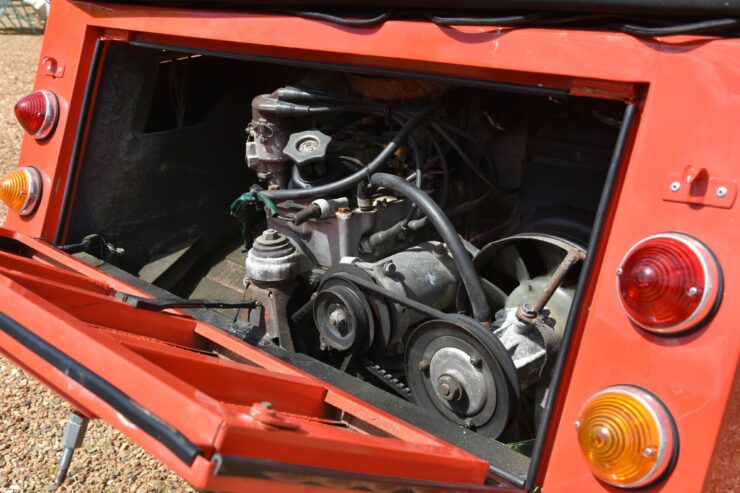
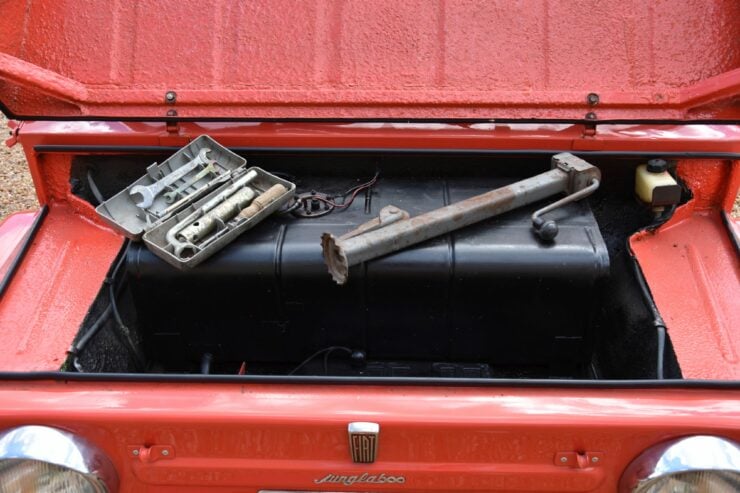
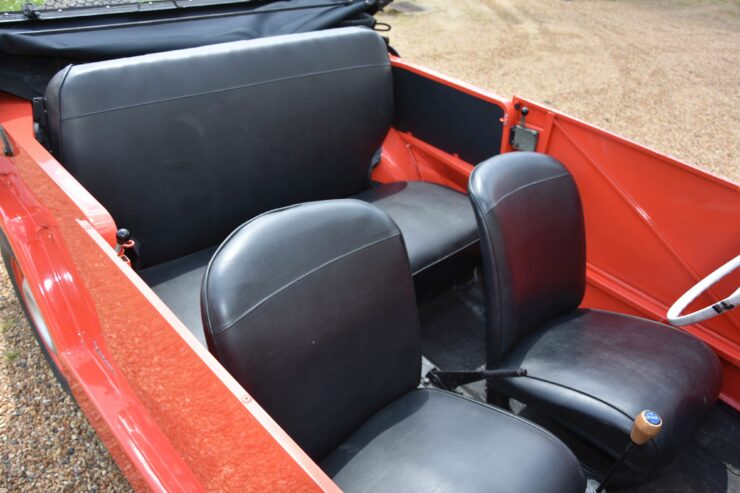
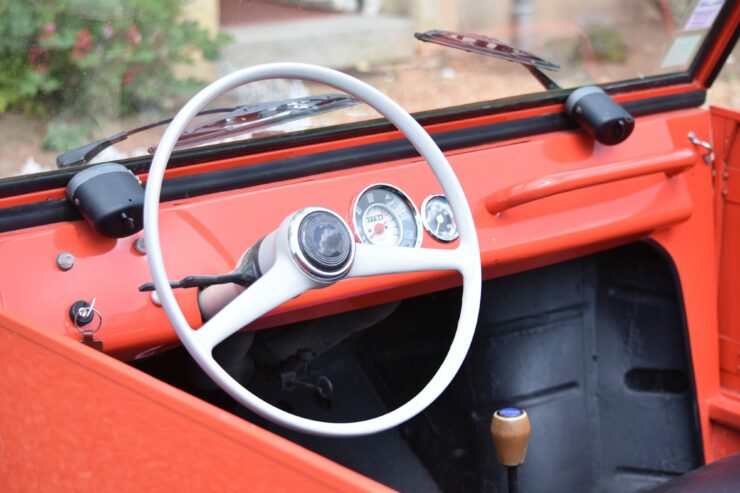
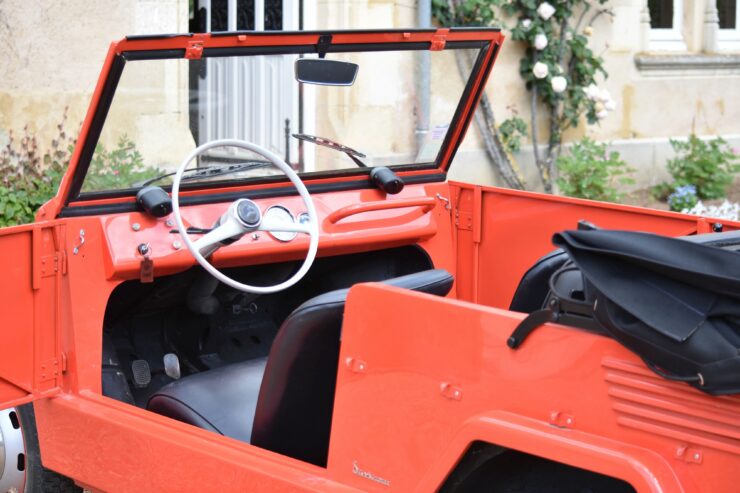
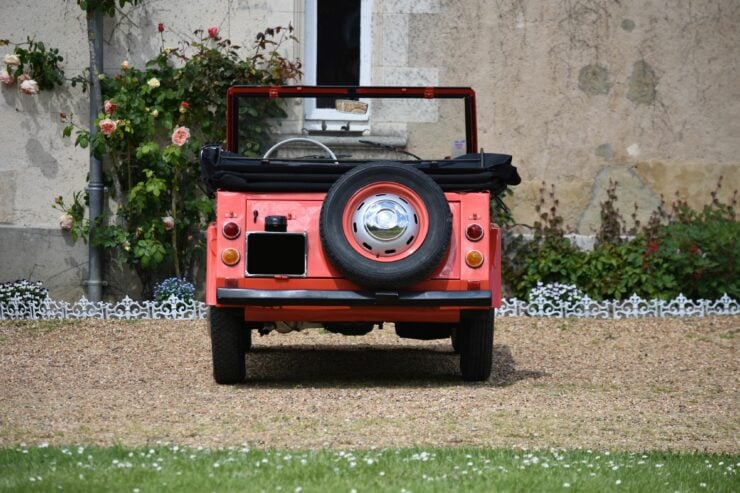
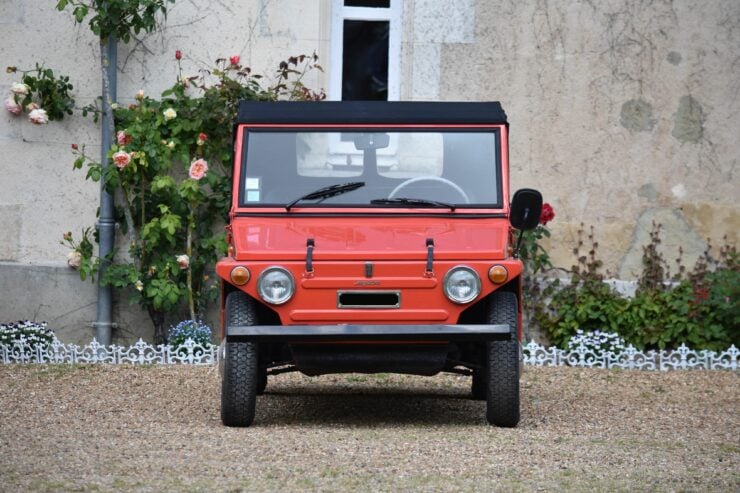
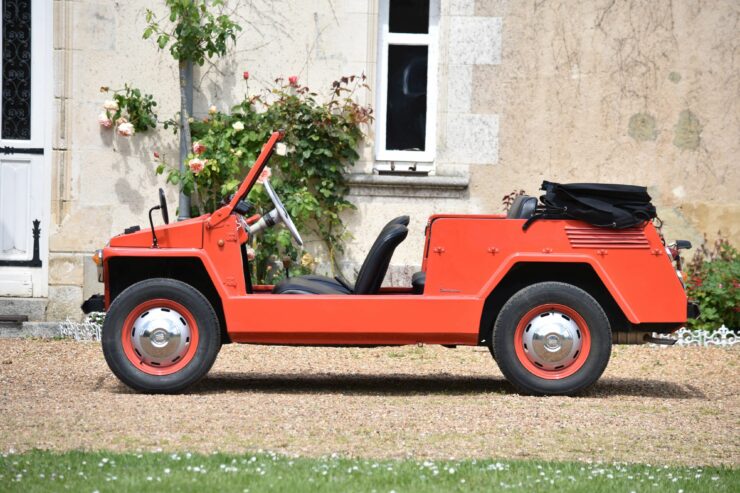
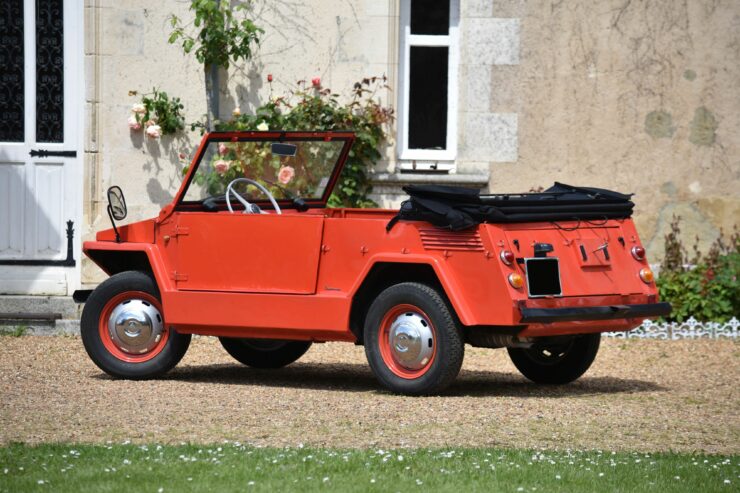
Images courtesy of Artcurial

